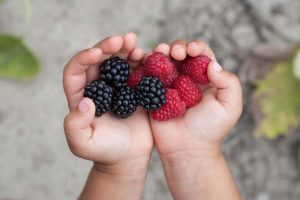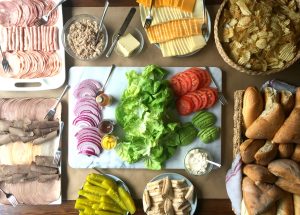How Do Vaccines Work?

When we get sick, our bodies respond by generating substances called antibodies. Antibodies act like an army of little soldiers. They swarm to the place in the body where the disease-causing germ has entered and fight it. Once the germ has been killed, some antibodies stay in the body, on patrol, in case the same germ returns. If it does, the antibodies recognize it immediately, hunt it down, and overwhelm it again. This happens rapidly enough that signs of illness are rarely felt. This is called immunity.
Vaccines are made of weakened or dead versions of disease-causing germs. When we receive a vaccination, our bodies are tricked into thinking that they are being attacked by an actual disease-causing bacteria or virus and respond the same way—with an army of antibodies.
Often, these antibodies will protect us for life if ever we are exposed to the specific bacteria or viruses contained in the vaccines. Sometimes we may require a ‘booster shot’ or a second injection of the vaccine to make sure we have the antibodies we need later in life. In the case of the flu shot, the flu viruses change every year, so the vaccine does too. Fortunately, the flu shot is the only one we need to get every year!
In Canada, children receive vaccinations against a number of different diseases as part of a publicly funded schedule. Each province has a slightly different schedule; different vaccines may be offered and given at different times. To check the schedule for your province, please visit Provincial Vaccination Schedules.
References
* Public Health Agency of Canada. What is a vaccine and how does it work? www.phac-aspc.gc.ca/im/vs-sv/vs-faq01-eng.php. Accessed April 4, 2016.















